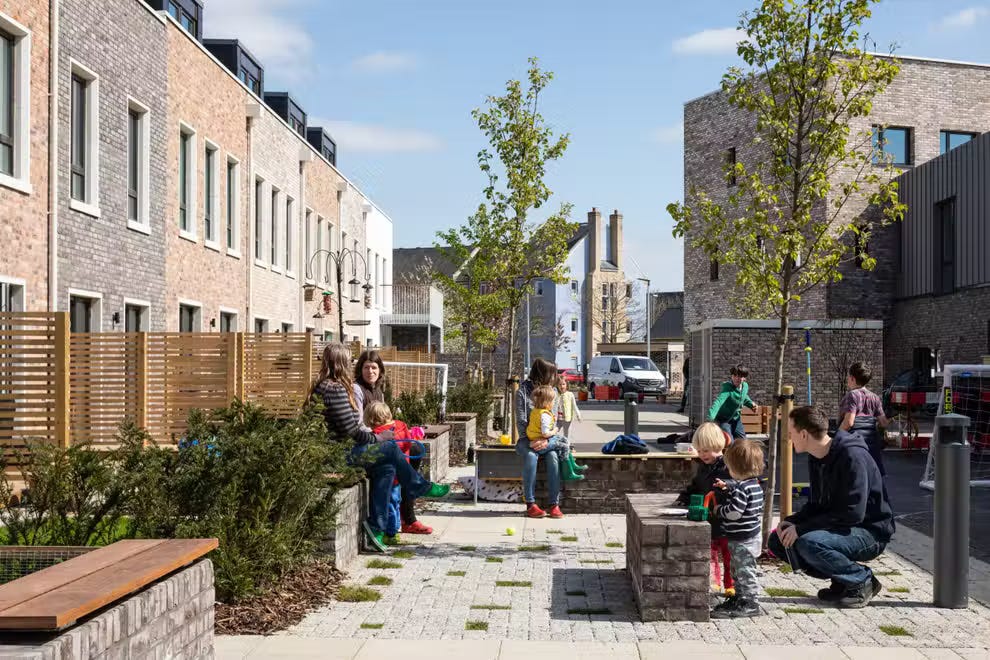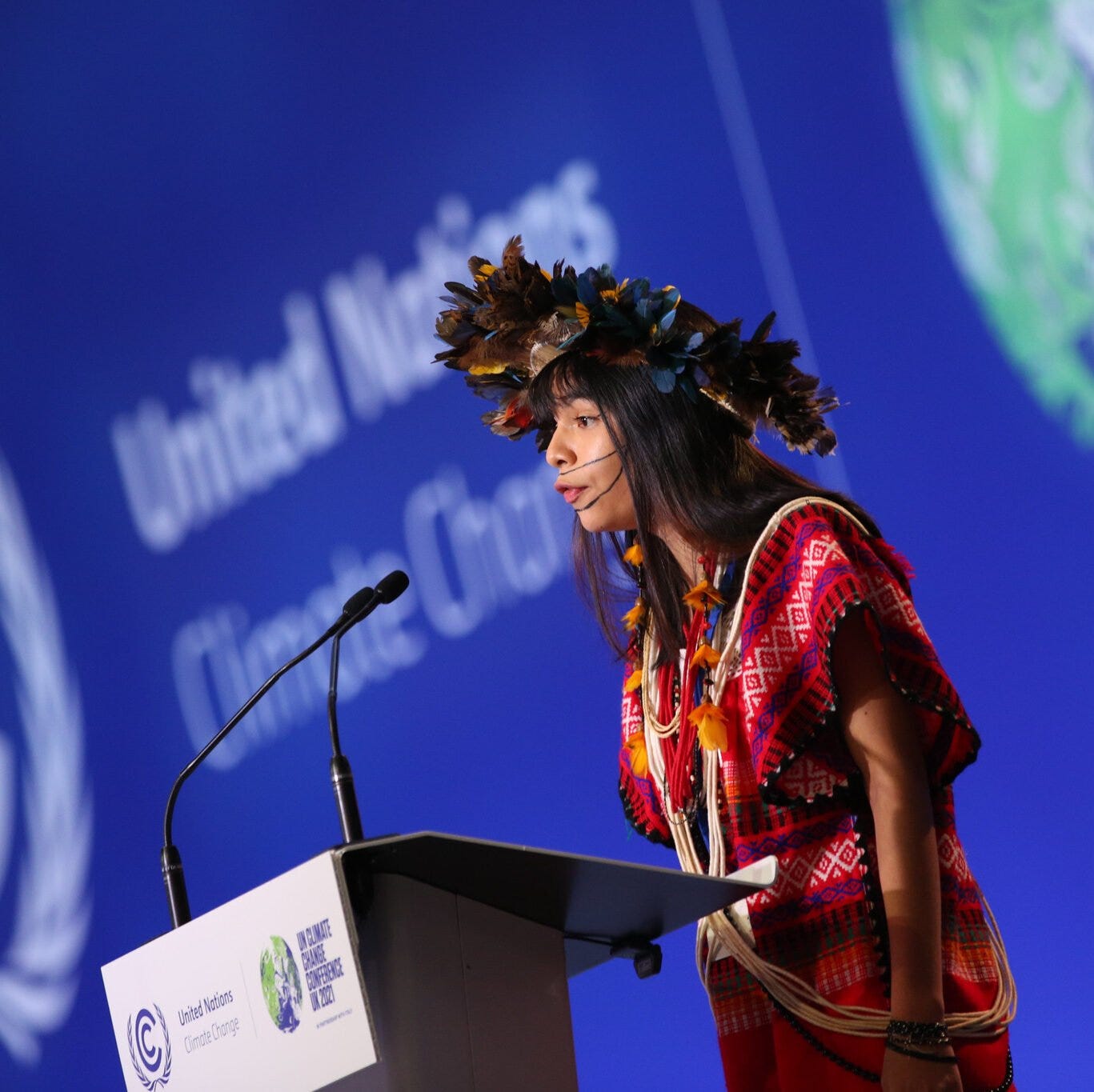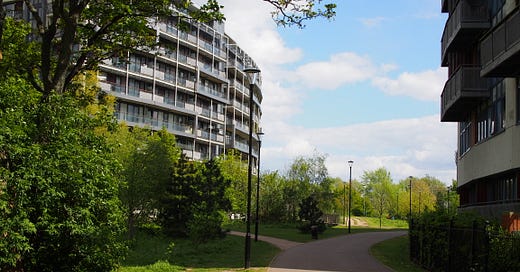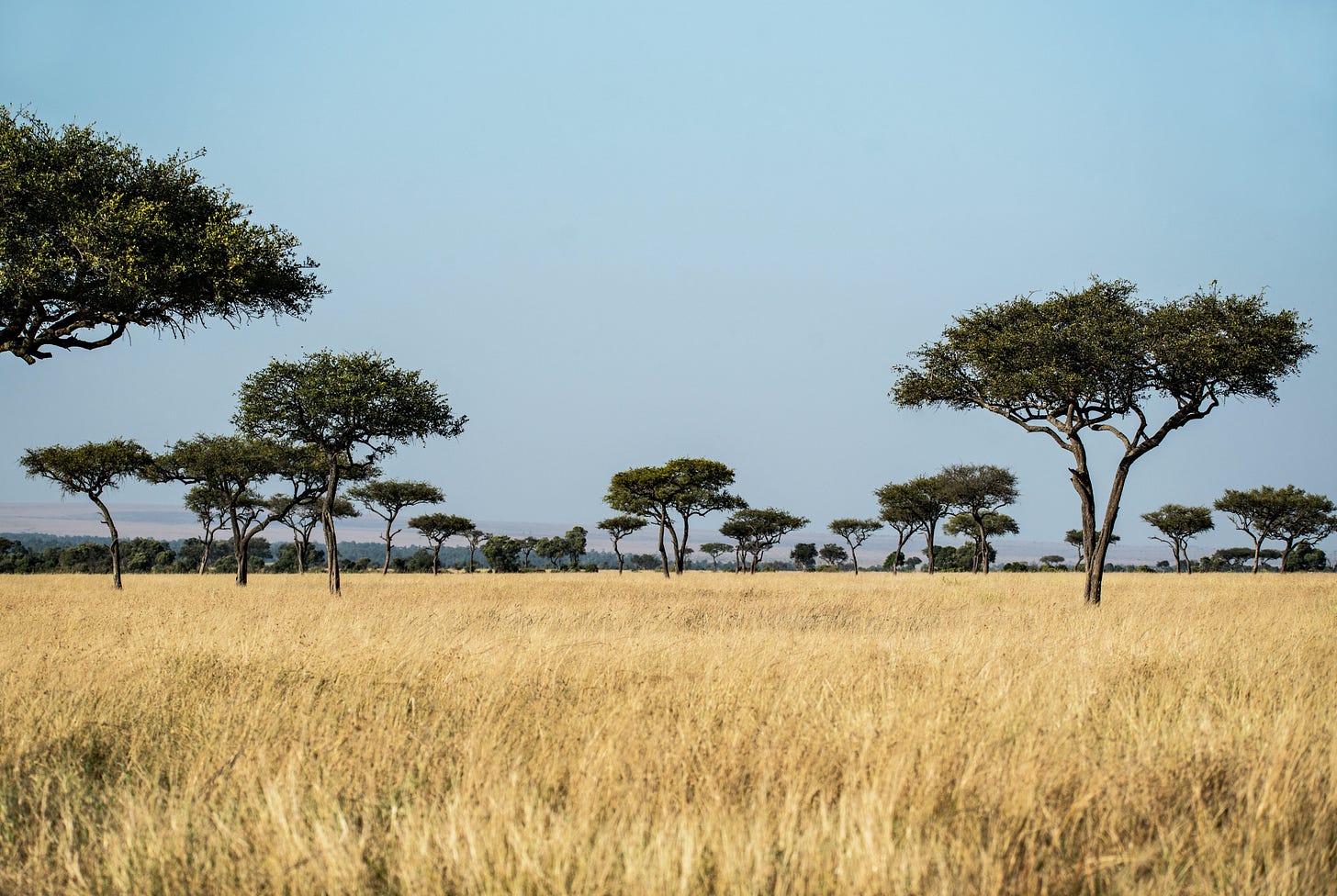Across the world, architects, planners and engineers are designing human habitats. They’re called cities. Just 15 years ago, we became a predominantly urban species for the first time; more people now live in urban settlements than in the countryside or wild. Yet, as we pursue city life, how many of us consider our own evolution? How many us stop to remember that we are an animal - Homo Sapien - and what that may mean for urban design?
Humans like you and I have existed on Earth for at least 300,000 years. The whole history of urban life has occurred in the last 10,000 years, just 3% of the human story. The other 97% was spent living as bands of nomadic Hunter Gatherers (also called Foragers) within pristine natural environments like the African savanna. There are still Hunter Gatherer bands existing in the world today, who may represent an unbroken way of life tracing back over hundreds of thousands of years. This article focuses on what we (’civilised’ people) can learn from them and our own Forager ancestors.
I’ve been exploring the Primal City concept on my podcast too. Click here to listen.
In response to the question, ‘what makes humans unique?’, evolutionary psychologist and bestselling author Dr Chris Ryan has a startling suggestion: We are the only animals that construct and live in our own zoo. A good zookeeper designs an animal’s enclosure to closely mimic its natural habitat. Some zoos get this badly wrong and the result is depressed and sick animals. The same is true for humans.
So the question for all those involved in the design of buildings, neighbourhoods and cities should be: what is our natural habitat and how can we best recreate that in urban places? This question could not only unlock design principles for healthy and happy places but also point towards a deep form of sustainability. Jared Diamond, the polymath and author, wrote, “Hunter-gatherers practiced the most successful and longest-lasting life style in human history”. The Hunter Gatherer way of life is the only way of life that has been proven to be environmentally and socially sustainable over hundreds of thousands of years.
Based on well-established anthropological records and research into human evolution, below are some ideas for how we could create the ‘Primal City’, an urban habitat in tune with our evolution. (Note: A bibliography of suggested reading is provided at the end of the article).
Deep Biophilia
Biophilia is a term coined by E.O Wilson meaning ‘love of nature’ - highlighting our intrinsic kinship with other living things. Biophilia has now entered the mainstream of architecture and urban design, and risks becoming yet another buzzword. Yes, we need ‘green’ rather than ‘grey’ cities. Urbanists are also now talking about ‘Nature-based Solutions’; deploying natural systems to tackle urban problems like flooding, heat waves and air pollution. But as important and worthwhile and these concepts are, there is a risk that we view nature as being simply something to deploy for the benefit of humans. This idea of human-nature separation is at the core of our environmental problems and unhealthy cities.
Through our long evolutionary history, human beings lived as a part of nature and interacted with other living things in mutually beneficial ways. All animals do this. This is why the presence of Hunter Gatherers does not result in environment degradation in the way associated with modern humans. So, when designing urban ‘green infrastructure’, can we also stop to consider what plants and animals need from us to thrive? That’s the deepest form of love for nature – Deep Biophilia.
Move like a Human
The fossil fuel age of cities has been dominated by one invention – the car. This miracle of transportation allows us to cover vast distances in comfort, which in turn led to cities getting much more spread out. Its existence makes possible far-flung suburbs and the strange, modern concept of ‘commuting’. But with all these benefits comes a price: sedentarism. Dr James Levine of the Mayo Clinic famously said, ‘Sitting is the new smoking’, because being sedentary is linked to a host of diseases and increased mortality.
Looking to Forager groups reveals a total lack of heart disease, diabetes, cancer and other ‘diseases of civilisation’. There are many reasons why this may be so, but a high level of physical activity is a clear contributor to health. The daily tasks of hunting and gathering food, building shelter and raising children means not only a high quantity of movement (typically about 8 miles of walking per day) but also a huge variety of movement patterns like squatting, carrying, climbing and throwing, which are largely missing from modern life. Designing our cities around the oldest form of movement, walking, has huge benefits for public health and carbon emissions.
How do you encourage people to walk? Start by putting everything close together, making the city beautiful and interesting, and minimising the number of vehicles on the streets. Encouraging the full variety of primal human movements is more challenging but we could explore all-age playgrounds, urban forest schools or interactive art installations to encourage everyone, young and old, to move more playfully.
Housing for Homo Sapiens

The urban form of our cities owes a lot to the way we organise ourselves into family units. The expectation of typical Nuclear Families of two parents, two kids and a pet dog (or goldfish) means that the basic unit of urbanisation is the family home. Whether in a modest mid-terrace, a suburban McMansion or a stylish new apartment, we are expected to form family groups and insulate ourselves from the wider community behind a locked door. This is a very recent phenomenon.
Anthropological accounts demonstrate that Hunter Gathers typically organise themselves in bands of 50-150 individuals, which included multiple extended families. Within bands, everything is shared including food and childcare. Furthermore, many cultures have protocols and traditions in place to prevent any individual holding power over others. This led anthropologist Richard Lee to conclude that Hunter Gatherers are ‘fiercely egalitarian’ - meaning they are pretty serious about everyone being treated equally and fairly.
So, what if we want to live in a modern tribe in the city? Some groups have been experimenting with this for centuries, though they don’t often draw the link to our evolutionary past. These include ‘co-housing’ communities, ‘eco-villages’ and other forms of intentional communities where like-minded people come together to share resources and live in a way closer to our tribal nature. Not all these communities are successful or long-lived. But the ones that get it right point towards a model of urban living that is both happier, more resilient and more sustainable than the suburban American Dream. What if we could move these models of co-living from the fringe into the mainstream?
Indigenous Wisdom: Learning from those who know best

Perhaps the most important lesson we can learn from Hunter Gatherers and all Indigenous people is their way of relating to the world. These groups have found ways of living good lives without fossil fuels in a way that helps other living beings to thrive. This is exactly what pioneering architects and urban designers are trying to do in their own way. Perhaps we should start listening to those who know best?
This is an evolving project (sorry, couldn’t help myself). Keep an eye on this blog and the podcast for more explorations on the topic in the future. What do you think we can learn from the past? Let me know in the comments!
I’ve been exploring the Primal City concept on my podcast too. Click here to listen.
Bibliography
Books:
Articles:






